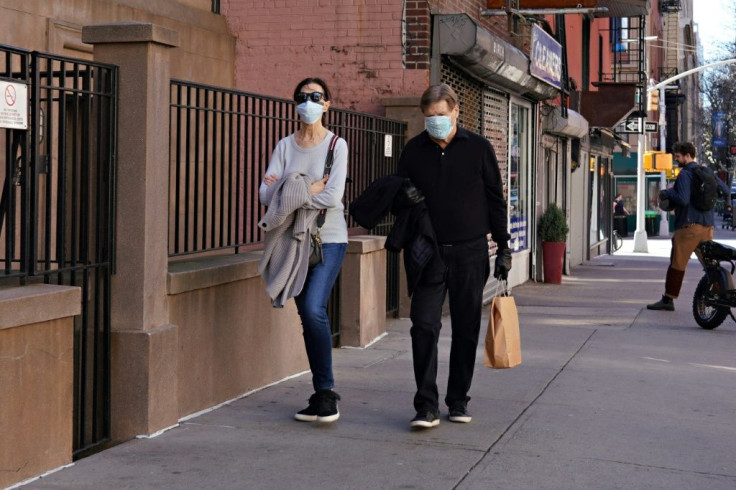Coronavirus Most Contagious During First Week Of Symptoms, Study Finds

KEY POINTS
- Researchers found that COVID-19 is most contagious during the first week of symptoms
- At this time, coronavirus-positive people could still be doing normal activities
- According to researchers, containing the virus should focus on droplets from the mouth
Researchers of a new study found that coronavirus patients with mild symptoms are most contagious during their first week of exhibiting symptoms. Although the study is "limited" due to the small number of patients tested, it shows how the people who are positive with the disease can still be going about their normal activities when they are the most contagious.
In the study published April 1 in the journal Nature, researchers analyzed data from nine patients with "relatively mild" coronavirus symptoms to determine how infectious they were during a 14-day period. The researchers specifically checked the viral load in samples from throat and lung swabs, from sputum, as well as from stool, blood and urine samples.
The researchers found that the virus was replicating in the throat, with concentrations peaking during the first five days after the onset of symptoms. By comparison, the peak contagious point of SARS patients came about seven to 10 days after the patients first get sick.
This means that the coronavirus patients, all of whom had "mild" symptoms, were most contagious during the time when they could still be engaging in normal day to day activities.
To be clear, the study is quite limited in that only nine patients were observed, all of whom were middle-aged, had no underlying illnesses and, none of them had a severe illness. However, the findings can provide some guidance on how patients could be handled.
For instance, of the nine patients they tested, the two who went on to develop early signs of pneumonia still had high levels of the virus after 10 to 11 days. On the other hand, the other seven presented a significant drop in viral shedding after about five days of symptoms.
As such, the researchers noted that at a time when hospitals are overwhelmed with patients, those presenting milder symptoms could be discharged and sent home to continue self-isolation about 10 days after they first exhibit symptoms. This way, hospitals can make space for other patients who need to be treated, particularly those with more severe symptoms.
Further, the researchers also note that their findings suggest that containing the virus should focus more on transmissions coming from people’s mouths via droplets rather than from surfaces.
For a while, health authorities such as the Centers for Disease Control and Prevention have been saying that "healthy" individuals do not need to wear masks to avoid the coronavirus. However, because of the fact that even asymptomatic individuals may be spreading the disease, authorities are now discussing whether that needs to change.
© Copyright IBTimes 2024. All rights reserved.






















